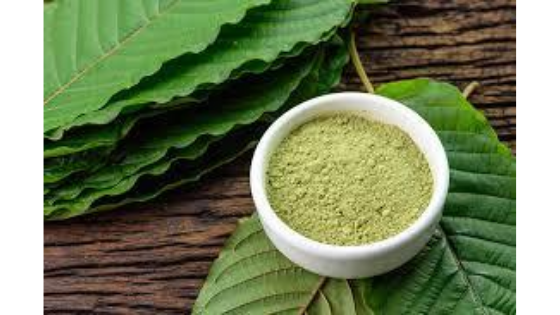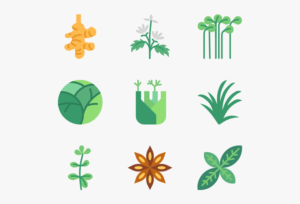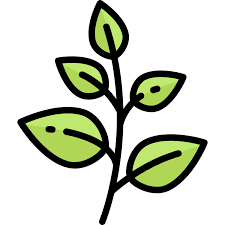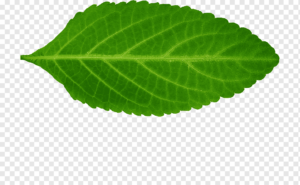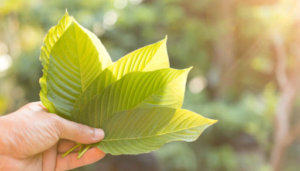Blog, Kratom Benefits, Kratom for Sale, Kratom Powder, Mitragyna Speciosa
Kratom Herb – An Introduction
After the DEA’s failed attempt to ban Kratom in 2016, it became more and more popular in the West, particularly in the United States. If you are here to discover the mysteries behind this herb, you are not alone, as it has fascinated many enthusiasts.
The scientific group of people around the world is inclined to turn every stone and find the information that is still missing. Not only that, the buying and selling of the herb obtained from Kratom is also a profitable business these days.
So, let’s not waste any time and get straight into this amazing herb, its origin, and everything you need to know.
All About The Herb

This herb comes from a tropical tree in the coffee family known as Mitragyna Speciosa, found all across Southeast Asia. It is avidly grown in the humid climate and rich soils of Thailand, Malaysia, Papua New Guinea, Myanmar, and Indonesia.
The Kratom tree is tall with a strong trunk to support a vast canopy of leaves above. Scientists have found an abundance of alkaloids (up to 24) in the Kratom leaf, with two primaries being Mitragynine and 7-hydroxymitragynine. Both of these make a significant part of the total alkaloid content in the herb.
It won’t be wrong to assume that Kratom is the most controversial herb of all time. Most of the controversies spring from the misinformation found on the internet. However, Kratom enthusiasts have been making efforts to normalize the herb and spread authentic information on different mediums.
Origins of the The Herb
To better understand this herb extracted from Kratom, let’s start from the roots of Kratom and how it managed to survive this long. Kratom was found back in the 18th century. Dutch botanists came across the herb in Southeast Asia after the invasion.
The botanist Pieter Korthals discovered Kratom in the Asian regions and named it “Steohegyne Speciosa.” A British naturalist later changed the name to “Mitragyna Speciosa.” The herb gained popularity in the West only around the 20th century. Before that, most people didn’t know it even existed.
However, Kratom’s real origins date back to millions of years ago, long before its appearance in the West. It has been a sacred symbol for the Asians for centuries as it plays a crucial role in their holy rituals. The farmers of Southeast Asia are also considered experts in growing and harvesting Kratom.
That’s why Southeast Asian countries supply some of the highest qualities of Kratom to the market today.
What Does The Herb Look Like?
If you are new to Kratom, you might be curious about the appearance of the herb, and why it is different from other herbs. A simple way to tell about the herb of Kratom among others is by looking at the leaf’s appearance and some minor details it carries.
Since the Kratom tree belongs to the coffee family, it has a very similar plant-like structure. Kratom usually grows 50-80 ft. tall with a trunk about 3 ft wide and smooth grey bark. The branches extending from the bark have a distinct arrangement that allows them to receive proper sunlight.
Kratom leaves are different shades of green. They have 12-17 pairs of veins which change in color through the plant’s life cycle. What do these colors indicate, you might ask? Here’s what they mean.
Vein Color Variations
The veins of the Kratom herb change in color through their growing process. They can be divided into three colors. The youngest leaves have green veins that change their color to white and then red at their most mature age.
The Green Vein Kratom leaves indicate the plant’s youngness, with the lowest alkaloid concentrations and vital nutrients, which causes green veins. As the concentration of alkaloids balances, the veins turn white. The most mature is the Red-Veined leaves with the highest alkaloid levels, preferred by many Kratom enthusiasts.
At the end of the day, it all comes down to personal preference. Some new Kratom purchasers prefer the Red Vein Kratom more than Green or White Vein Kratom.
What Makes The Herb Special
With all the controversies hovering over the herb obtained from Kratom, you might think Kratom is a complicated herb to understand. Surprisingly, it’s very simple as Kratom’s specialness lies in one component of the leaf, which is alkaloids.
You can also buy Kratom herb easily in the US from online vendors, in different forms like Kratom powder and Kratom capsules. There is also a large variety of Kratom strains available to choose from.
The presence of alkaloids in the herb makes it desirable across the seven seas. There can be up to 40 different ingredients in Kratom, including the two major ones, Mitragynine and 7-hydroxymitragynine. These active alkaloids give the herb its unique properties, which makes it different from all other herbs.
Wrap-Up
All this information about the herb extracted from Kratom will come in handy when purchasing some good-quality Kratom products from vendors. Fortunately, some very reliable vendors like Kratom-K provide customers with top-quality products at their doorstep.
To learn more about this amazing herb, feel free to check out our Kratom blog.


